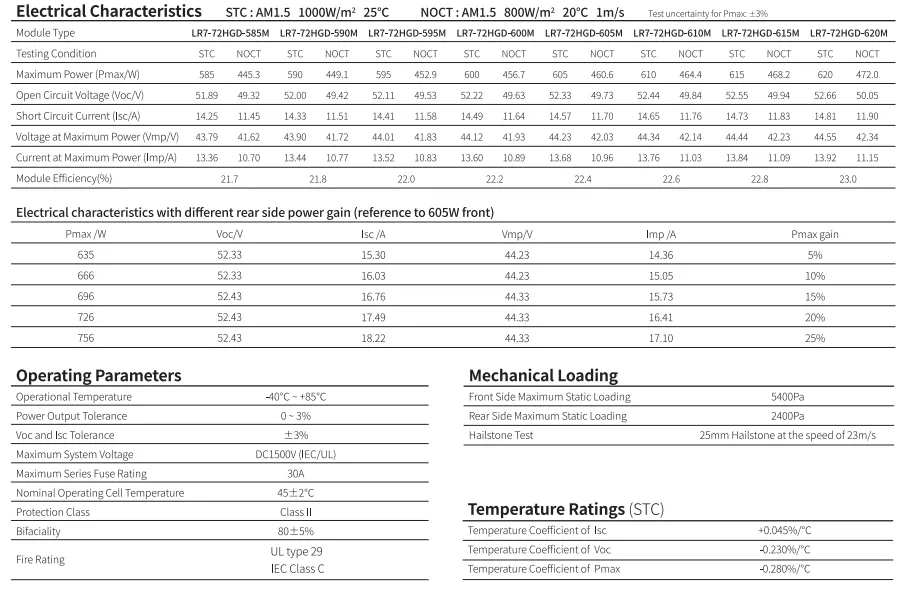Understanding the Functionality of Solar Inverters in Renewable Energy Systems
The Function of Solar Inverters Powering the Future
In the evolving landscape of renewable energy, solar energy stands out as one of the most promising sources. As more people and businesses turn to solar power, understanding the technology that enables its practical use becomes crucial. Central to this technology is the solar inverter, a key component that plays a vital role in converting solar energy into a usable form of electricity. This article will explore the functions of solar inverters, their importance in solar energy systems, and the advancements that define their evolution.
What is a Solar Inverter?
A solar inverter is an electronic device that converts the direct current (DC) electricity generated by solar panels into alternating current (AC) electricity, which is the standard form used in homes and businesses. The conversion is necessary because most appliances and the electricity grid operate on AC power. The ability to convert DC to AC efficiently is one of the primary functions of a solar inverter, serving as a crucial link between the solar panels and the electrical grid or home electrical system.
Types of Solar Inverters
There are three main types of solar inverters string inverters, microinverters, and power optimizers, each with distinct functions and benefits.
1. String Inverters The most commonly used type of inverter, string inverters connect a series of solar panels (or a string) into one central unit. This type of inverter is cost-effective and simple to install. However, the performance of all panels in a string can decrease if one panel is shaded or malfunctioning, as the output is limited to the least performing panel.
2. Microinverters Unlike string inverters, microinverters are attached to each solar panel individually, allowing for greater efficiency and energy harvest. This setup enables each panel to operate independently, optimizing performance even if some panels are obstructed or shaded. While microinverters are generally more expensive, they can lead to higher overall energy production in certain conditions.
solar inverter function

3. Power Optimizers These devices work in conjunction with string inverters. They are installed on each panel and optimize the DC output before sending it to the string inverter for conversion to AC. Power optimizers strike a balance between the cost-effectiveness of string inverters and the individual panel performance enhancement found with microinverters.
Additional Functions of Solar Inverters
In addition to the fundamental conversion of electricity, modern solar inverters come equipped with several additional functions that enhance the overall efficiency and safety of solar energy systems.
- Monitoring Many solar inverters offer monitoring capabilities, allowing users to track their energy production in real-time. This feature enables homeowners and businesses to identify any issues with their solar systems quickly and ensures optimal performance.
- Grid Connection Optimization Advanced solar inverters can integrate with the electrical grid efficiently, ensuring that excess energy generated can be fed back into the grid, providing credits to the energy user. This grid-tie functionality is essential for net metering.
- Safety Features Modern solar inverters are designed with safety in mind, incorporating features such as automatic shutdown in the event of grid issues (anti-islanding protection) and surge protection to safeguard both the inverter and connected appliances.
Conclusion
Solar inverters serve as the heart of any solar power system, enabling the effective conversion of solar energy into usable electricity. As technology continues to advance, inverters are evolving to become more efficient, reliable, and capable of integrating seamlessly with the grid. Understanding the function and importance of solar inverters is crucial for anyone looking to invest in solar energy, as they are pivotal in harnessing the full potential of solar power in our quest for a sustainable future. In the ever-changing field of renewable energy, the solar inverter is not just a component; it is a cornerstone of solar technology, empowering users to embrace a cleaner, greener lifestyle.
-
Unlocking Energy Freedom with the Off Grid Solar InverterNewsJun.06,2025
-
Unlock More Solar Power with a High-Efficiency Bifacial Solar PanelNewsJun.06,2025
-
Power Your Future with High-Efficiency Monocrystalline Solar PanelsNewsJun.06,2025
-
Next-Gen Solar Power Starts with Micro Solar InvertersNewsJun.06,2025
-
Harnessing Peak Efficiency with the On Grid Solar InverterNewsJun.06,2025
-
Discover Unmatched Efficiency with the Latest String Solar InverterNewsJun.06,2025







